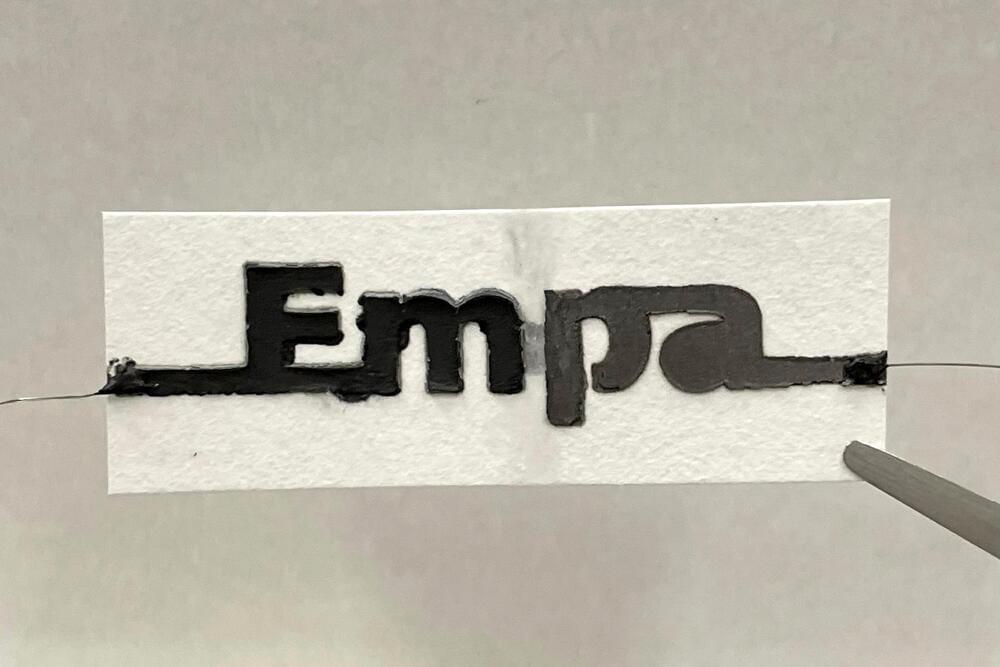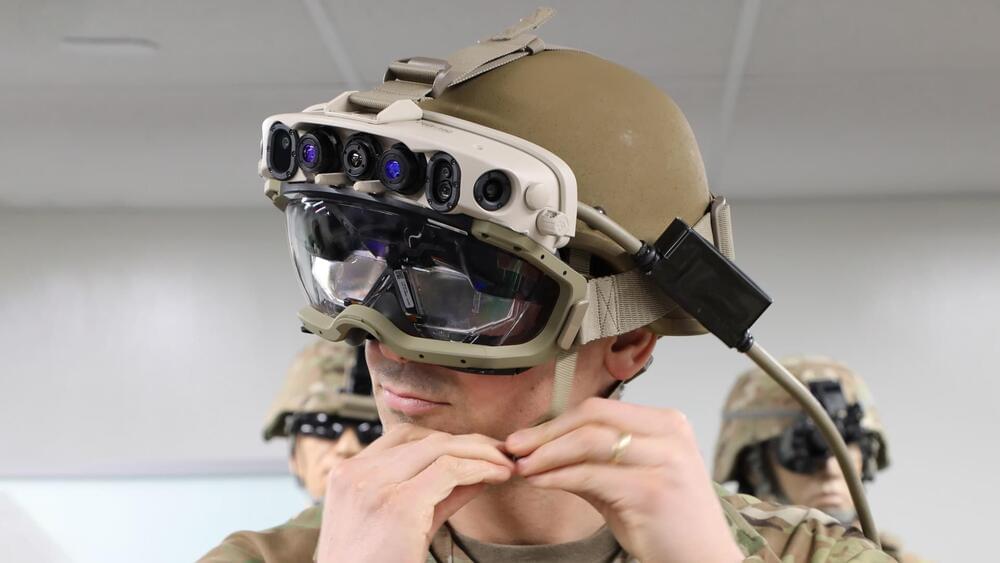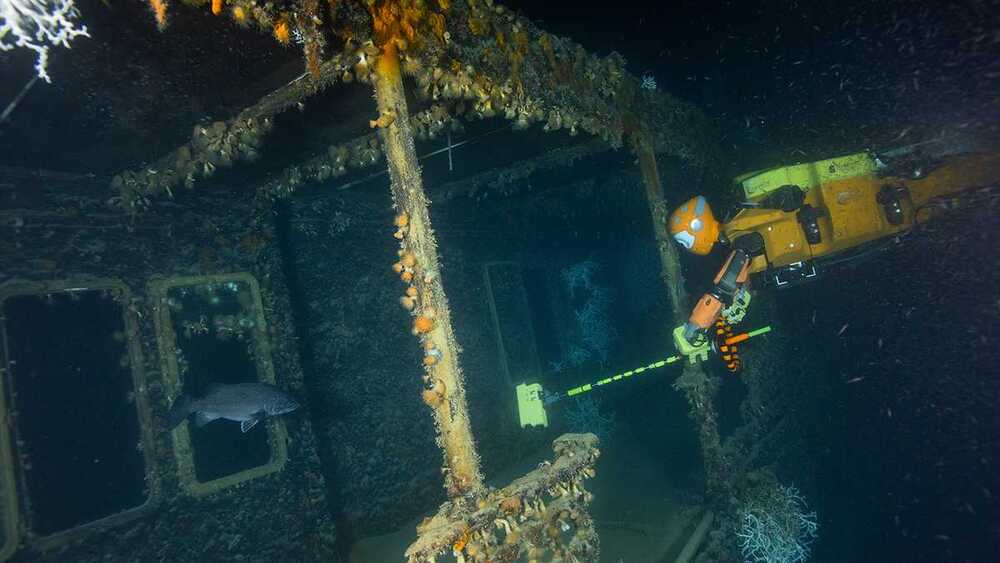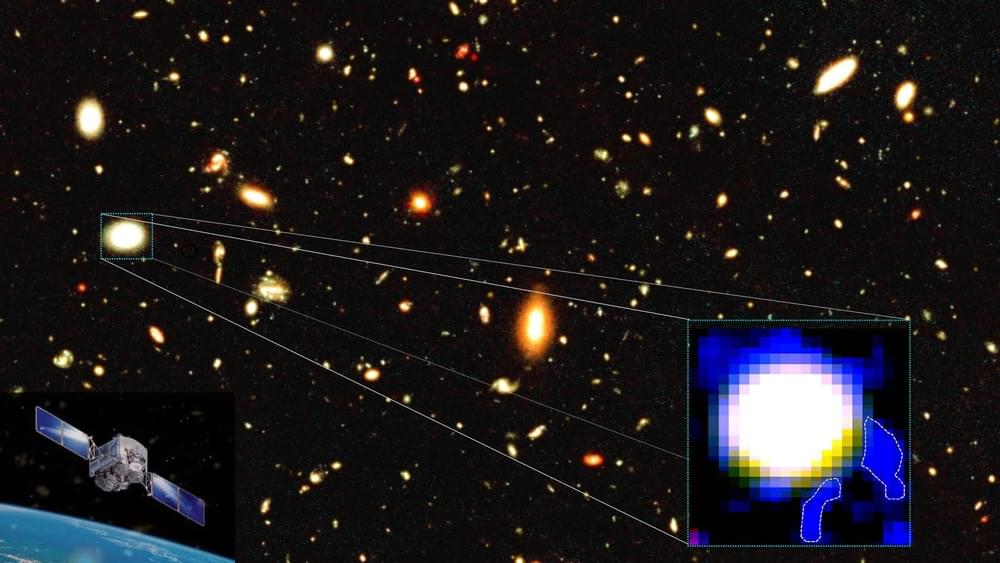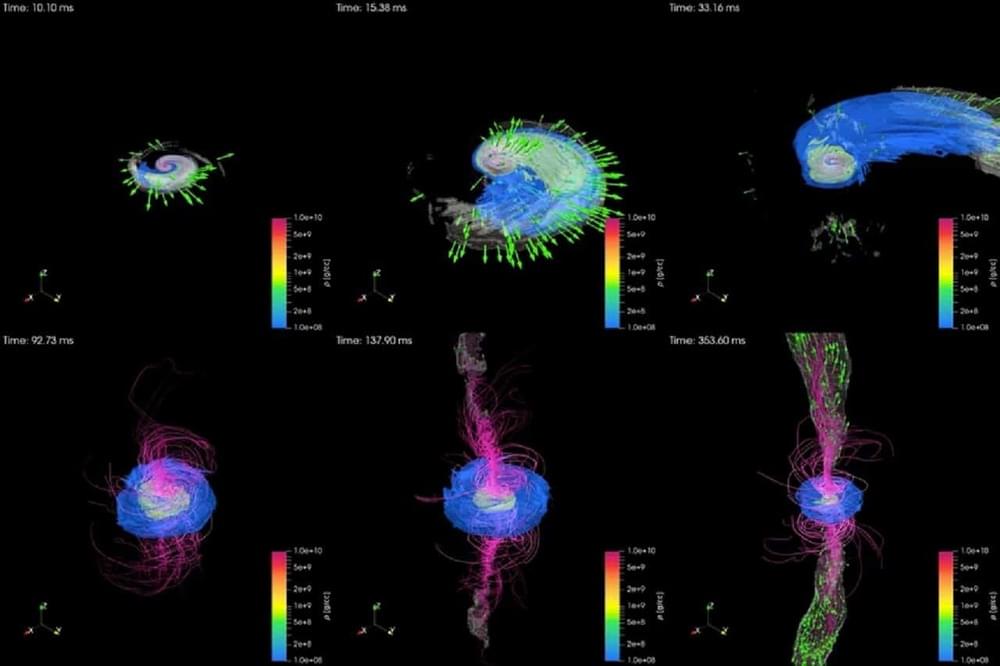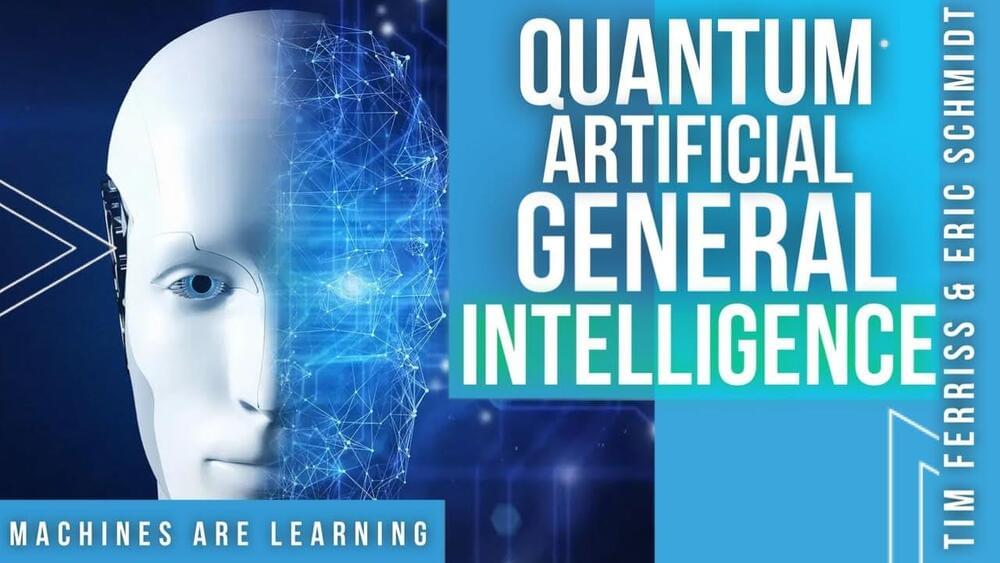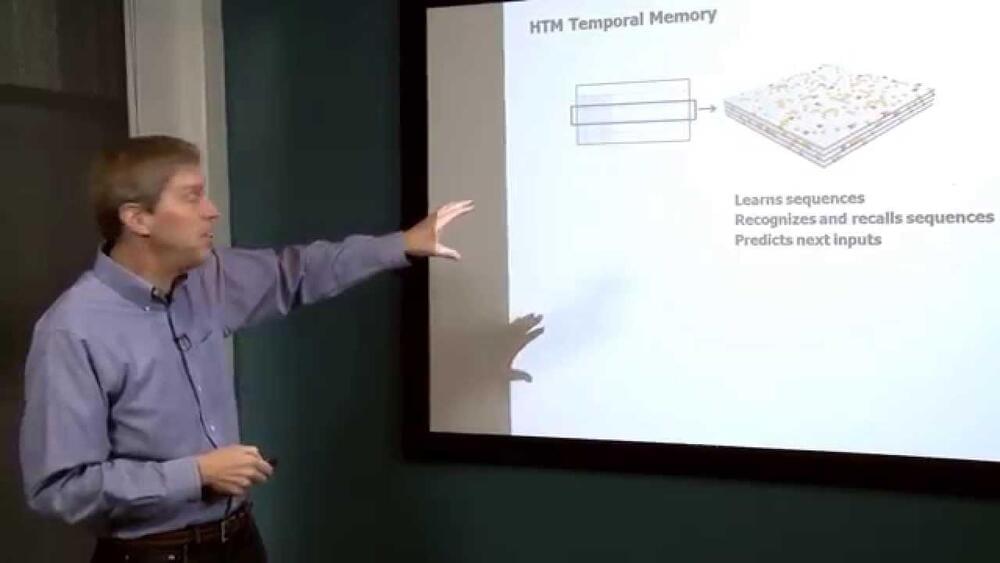This is the third time a Long March 5B booster has made an uncontrolled reentry.
Looking at just one week in Trends exposes the grave problems that remain with this feature, despite the platform’s many attempts to fix it.
A new disposable battery is made of paper and other sustainable materials and is activated with a few drops of water.
Microsoft’s big defense contract that looks to supply the US Army with modified HoloLens AR headsets isn’t going so well. As first reported by Bloomberg, the Senate panel that oversees defense spending announced significant cuts to the Army’s fiscal 2023 procurement request for the device.
Microsoft announced last year it had won a US Army defense contact worth up to $22 billion to develop an Integrated Visual Augmentation System (IVAS), a tactical AR headset for soldiers based on HoloLens 2 technology.
Now the Appropriations Defense Subcommittee announced it’s cut $350 million from the Army’s procurement plans for IVAS, leaving around $50 million for the device. The subcommittee cites concerns based around the program’s overall effectiveness.
Smartphone ownership (85%) and home broadband subscriptions (77%) have increased among American adults since 2019 – from 81% and 73% respectively. Though modest, both increases are statistically significant and come at a time when a majority of Americans say the internet has been important to them personally. And 91% of adults report having at least one of these technologies.
A Pew Research Center survey of U.S. adults conducted from Jan. 25 to Feb. 8, 2021, also finds that some Americans have difficulties when trying to go online. Some 30% of adults say they often or sometimes experience problems connecting to the internet at home, including 9% who say such problems happen often. Still, a majority of Americans say these connection troubles occur rarely (41%) or never (21%).
While there has been slight growth in the share who say they subscribe to high-speed internet, about a quarter of the population still does not have a broadband internet connection at home. And broadband non-adopters continue to cite financial constraints as one of the most important reasons why they forgo these services. Among non-broadband users, 45% say a reason why they do not have broadband at home is that the monthly cost of a home broadband subscription is too expensive, while about four-in-ten (37%) say the same about the cost of a computer. Beyond cost barriers, a little fewer than half of non-users cite having other options for internet access or the fact that their smartphone does everything online they need as a reason why they do not have a high-speed internet connection at home.
The ocean is full of mysteries that lead to legendary lore.
During a recent moonlit harbor excursion, conversation quickly turned to tales of piracy and exploration.
Dwarf galaxies are small galaxies composed of a few billion stars. They are challenging to detect due to their low luminosity, low mass, and small size. However, it remains elusive how these dwarf and giant galaxies assemble their stars and evolve into modern-day galaxies.
India’s first dedicated multi-wavelength space observatory, AstroSat, cracked this mystery. A team of scientists using AstroSat shows how the star-forming complexes in the outskirts of a dwarf galaxy migrate towards the central region and contribute to its growth in mass and luminosity.
The team includes astronomers from India, the USA, and France. Professor Kanak Saha at the Inter-University Centre for Astronomy and Astrophysics (IUCAA), Pune, conceived this study. Mr. Anshuman Borgohain is the lead author of the paper.
✅ Subscribe: https://bit.ly/3slupxs.
Quantum AI is the use of quantum computing for computation of machine learning algorithms. Thanks to computational advantages of quantum computing, quantum AI can help achieve results that are not possible to achieve with classical computers.
Quantum data: Quantum data can be considered as data packets contained in qubits for computerization. However, observing and storing quantum data is challenging because of the features that make it valuable which are superposition and entanglement. In addition, quantum data is noisy, it is necessary to apply a machine learning in the stage of analyzing and interpreting these data correctly.
Quantum algorithms: An algorithm is a sequence of steps that leads to the solution of a problem. In order to execute these steps on a device, one must use specific instruction sets that the device is designed to do so.
Quantum computing introduces different instruction sets that are based on a completely different idea of execution when compared with classical computing. The aim of quantum algorithms is to use quantum effects like superposition and entanglement to get the solution faster.
Why is it important?
Although AI has made rapid progress over the past decade, it has not yet overcome technological limitations. With the unique features of quantum computing, obstacles to achieve AGI (Artificial General Intelligence) can be eliminated.
“What the Brain says about Machine Intelligence” Jeff Hawkins Co-founder, Numenta 21 Nov 2014.


